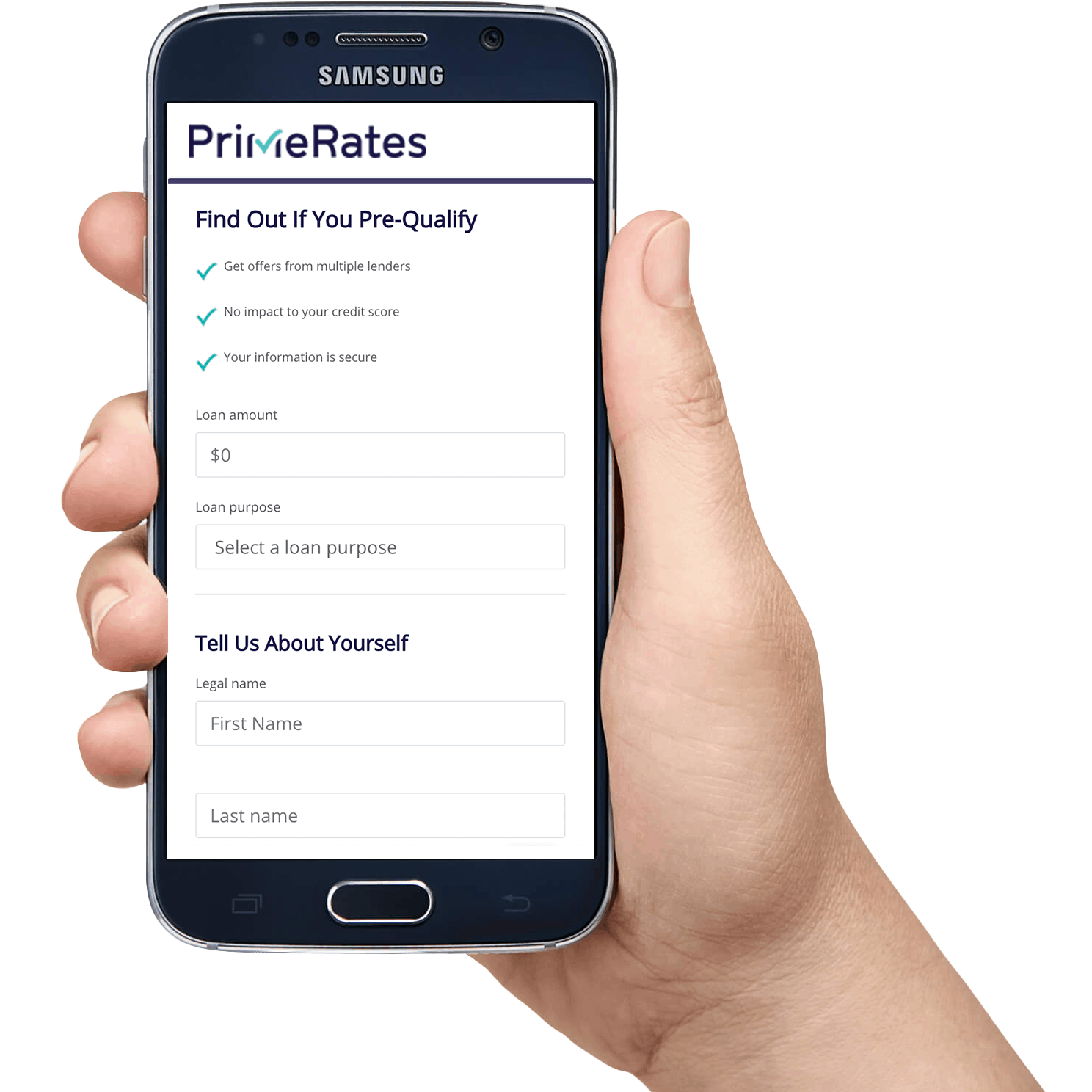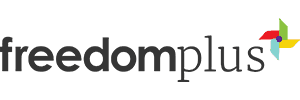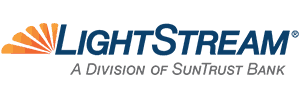How PrimeRates Works
PrimeRates provides access to personalized business loan offers through our simple and quick pre-qualification application. Once you're pre-qualified, you can select the best offer for you and finalize the business loan application with the lender.
Apply in minutes
Our simple application takes less than 5-7 minutes to complete.
Select your business loan offer
Choose the offer that best fits your needs by comparing loan amounts and terms.
Receive funds quickly
Finalize your loan offer with the lender you selected to receive your funds.

Personal Loans After Bankruptcy
Filing for bankruptcy is often a momentous event in a person’s financial life. Although it signifies a fresh start in the credit world, it can negatively affect eligibility for certain loans and a credit report for years to come.
Can You Get an Unsecured Personal Loan After Bankruptcy?
Because filing for bankruptcy can reorganize debt or completely wipe it clean, many borrowers find themselves with initially lower credit scores.
If you’re looking for an unsecured loan and recently filed, approval can be very difficult, although it is possible. Once the bankruptcy is discharged from the court and some time has elapsed, you may find yourself in a better position for approval on an unsecured loan.
Unsecured personal loans can be a good way to continue building your credit score and history if pursued carefully. When searching for your first post-bankruptcy loan, it’s important to understand what offers you should steer away from in order to continue rebuilding a healthy score and not fall victim to predatory loans.
Let’s take a look at what you need to know about your chances of loan approval after filing.
Loan Approval After Filing
Type of bankruptcy filed
There are two common types of bankruptcy; Chapter 7 and Chapter 13. When you filed, you very likely chose one of these paths.
Let’s start with Chapter 7. To file for this type of bankruptcy, otherwise known as liquidation, most of the individual’s property is sold in order to reimburse creditors. Typically this is filed by people in lower-income brackets who can’t otherwise afford to pay their debt.
The second kind is Chapter 13, also known as a reorganization bankruptcy. Individuals who file for this type are often able to hold onto their property as long as they adhere to a court-prescribed repayment plan. Filing for Chapter 13 and keeping your property gives you the potential to discharge some unsecured debts and make consistent payments on secured assets.
Chapter 13 is typically the easiest type of bankruptcy to recover from as it’s erased after a maximum of seven years. Chapter 7, on the other hand, can stay on a filer’s credit report for as long as 10 years.
When You Filed Bankruptcy
A major deciding factor on your unsecured loan application is how recently you filed. If you filed very recently, it’s more difficult to be approved for a loan, regardless of the type of bankruptcy you filed for.
If you had a high income and a good score before filing, it may be easier to obtain an unsecured credit card immediately afterward. However, the longer you wait to apply for a loan or line of credit, the more likely your chances of approval and being offered a reasonable interest rate become.
Potential borrowers should also be aware that bankruptcy can be seen as a sign of bad creditworthiness to many creditors and may affect the likelihood of approval, even years after filing.
Current Credit Score matters when applying
The applicant’s credit score is by far the biggest aspect that lenders look at when evaluating a loan application. This can make things difficult for borrowers who have just filed because their credit scores are negatively impacted by the bankruptcy. It’s important for potential borrowers to begin rebuilding their credit slowly and carefully. As most recent filers are starting out with very little credit, they will have higher chances of approval on smaller loans.
How to Get an Unsecured Loan After Bankruptcy
Getting approved for an unsecured loan after bankruptcy can require some extra time and research.
If it’s financially possible, the best thing to do before taking out an unsecured loan is to spend time rebuilding your credit through other methods. Paying bills on time and scaling back on any additional credit lines are some of the easiest ways to rebuild credit.
Before sending any loan applications, you should also read through your Equifax, TransUnion, and Experian credit reports and make sure that all of your debts have been correctly noted and updated since you filed. If there are any disputable remarks, it’s helpful to correct these before borrowing again so as to ensure the best chance of approval.
Lenders That Offer Personal Loans After Bankruptcy/Poor Credit
Once you’re ready to apply for an unsecured loan, there are a few companies that offer personal loans to people who have recently filed or have poor credit.
Companies like Avant and LendingPoint all have loans with flexible repayment terms and higher rates of approval for people who are still rebuilding their credit.
With slightly higher APRs than normal, Avant offers loans of up to $35,000 with repayment terms between two and five years. Their APRs range between 9.95% and 35.99%.
LendingPoint also specializes in loans for borrowers with fair to low credit scores. They typically have higher APRs, starting at 7.99% with loan amounts of up to $36,500.
Get started
P2P Lenders - LendingClub, Prosper
Peer-to-peer, or P2P lending can be a great way to find out a loan without having to take the time to send applications to several different companies. This is because P2P lending works by matching lenders with borrowers.
Through platforms like LendingClub and Prosper, a borrower with low credit can find lenders who are willing to lend to higher-risk clients.
Alternatives if rejected from getting a personal loan
If you have trouble getting approved for an unsecured loan on your own, a co-signer can help. Because you and the co-signer share the same level of responsibility to repay the debt, having someone with excellent credit and a verifiable income can increase your chances of both being approved and being offered a lower annual percentage rate.
Secured loans can be significantly easier to find an approval for because they require the borrower to put up collateral, which can include assets such as a vehicle, property, investments, or insurance policies.
Secured loans can also help borrowers secure a lower interest rate.
However, these loans can come with a higher level of risk due to the possibility of losing assets. So before considering one of these types of loans, you should make sure that you’re able to repay it to avoid having your collateral seized.
Payday alternative loans, or PALs are smaller loans issued through credit unions. Because they typically range between just $200 and $1,000, they typically have lower interest and higher approval rates for applicants with low credit scores. They also typically have repayment terms ranging between one and six months.
This is a lower-risk option for borrowers who want to rebuild their debt over a short period of time or borrow smaller amounts.











